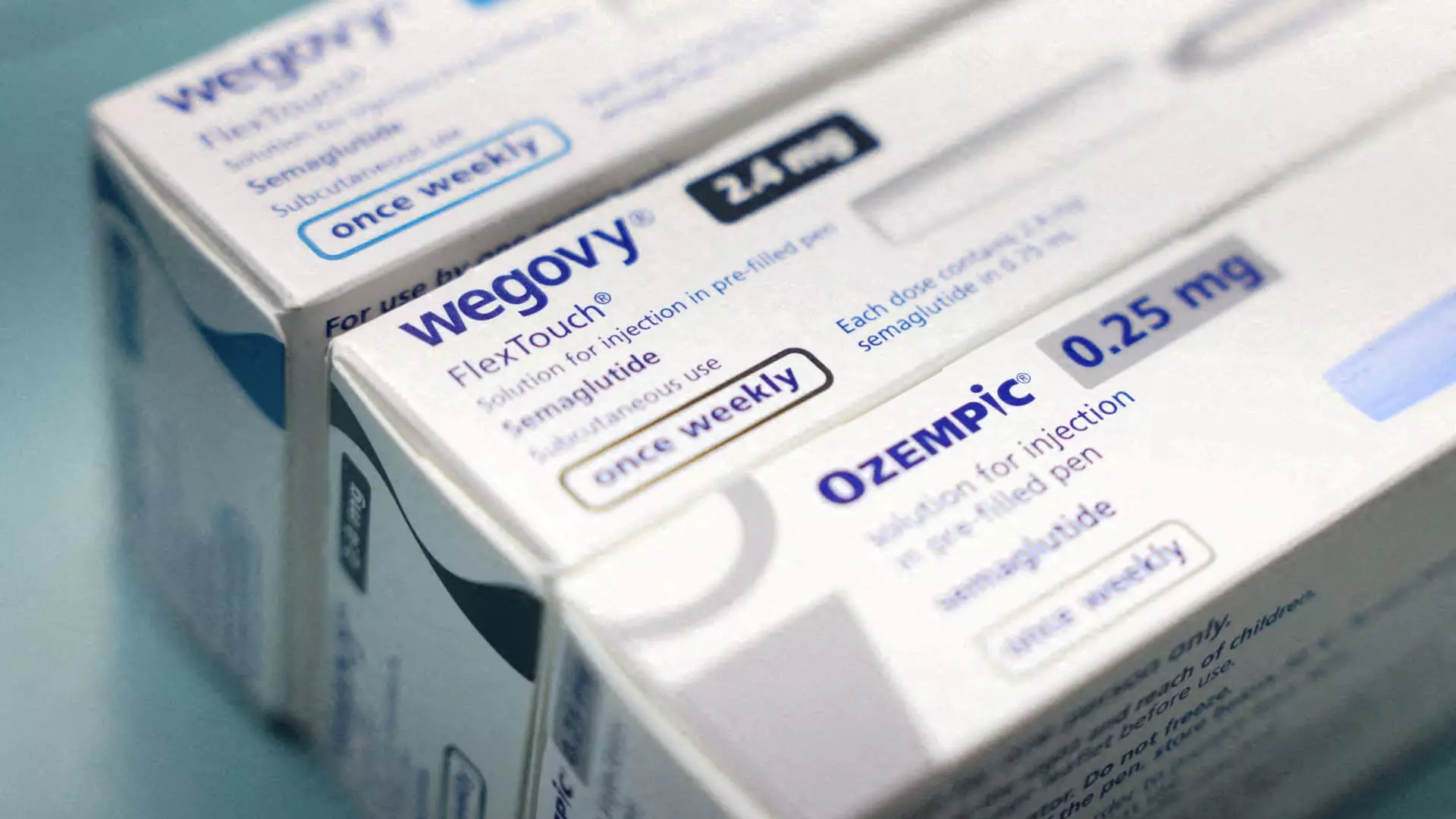The financial landscape is always evolving, and midday trading sessions often highlight key shifts in market sentiments and investor confidence. As various companies make headlines for their remarkable stock movements, a closer look at these fluctuations can offer insights into broader economic trends and potential future developments.
Cryptocurrency-related stocks have witnessed a notable uptick recently, largely fueled by speculation surrounding the incoming administration of President-elect Donald Trump. Rumors suggest that he may prioritize cryptocurrency on his inaugural day, potentially introducing an executive order to elevate its status nationally. This speculation has notably impacted trading platforms like Coinbase and Robinhood, which saw significant gains of 4.9% and 4.5%, respectively. Investing in smaller cryptocurrency proxies has also proven lucrative; companies such as MicroStrategy and Marathon Holdings reported increases of 8% and 8.8%, respectively. The trading activity in small-cap cryptocurrencies continues to create ripple effects that benefit major trading platforms, spotlighting the ongoing integration of cryptocurrency into mainline financial discourse.
In stark contrast to the fruitful performance of crypto stocks, shares in pharmaceutical giant Novo Nordisk experienced a downturn of 5.3%. This decline coincided with news that its semaglutide, a key ingredient in its diabetes medications Ozempic and Rybelsus, will be subjected to price negotiations under Medicare. This development underscores the growing scrutiny and regulatory pressures that the pharmaceutical industry faces, potentially impacting companies’ profitability and market positioning.
Conversely, MoonLake Immunotherapeutics added 5.6% to its stock value after receiving an upgrade from Goldman Sachs. The bank expressed optimism regarding the company’s experimental treatment for a chronic skin condition, SLK, alluding to its potential for superior market performance. Such juxtaposition of fortunes in the healthcare sector illustrates the volatility driven by evidence-based outlooks and market speculation.
On another front, Qorvo’s share prices surged by an impressive 14.4% following the announcement from activist investor Starboard Value, who acquired a 7.7% stake in the company. This phenomenon of activist shareholders pushing for changes has become increasingly significant in today’s markets, as they often advocate for strategies that enhance shareholder value, such as restructuring or divesting underperforming assets. Such outspoken involvement can instigate substantial stock price fluctuations, creating both opportunities and risks for existing investors.
Meanwhile, Vistra Corporation faced a setback, with its stock shedding 1.8% due to a major fire incident at its battery storage facility in Northern California. This unfortunate event not only raises concerns about operational stability but also forces an evaluation of risk management strategies within the energy sector. Investor confidence can quickly wane in response to unforeseen crises, emphasizing the necessity for robust contingency planning in such volatile industries.
In the transport sector, J.B. Hunt suffered a 7.4% decrease in stock value following a disappointing fourth-quarter earnings report. It was a stark reminder of how critical consistent revenue growth is in maintaining market support. Notably, the company generated $1.53 earnings per share, falling short of the $1.61 anticipated by analysts. A decline in year-over-year revenue across all major segments raises red flags, suggesting that competitive pressures and market dynamics may be exerting significant strains on its operations.
Conversely, Fastenal experienced a modest 1.8% uptick despite missing fourth-quarter forecasts, reflecting resilience among its investors. Despite ongoing challenges in manufacturing, the company noted an increase in unit sales from new locations, implying a strategy that may foster long-term growth. Similarly, Life360’s stock surged by 6.9% following an upgrade from UBS, suggesting that investors are recognizing potential within companies that are adaptively managing their growth trajectories.
Lastly, Intel’s stock rebounded sharply by approximately 9.3% amid ongoing speculation surrounding potential takeovers, showcasing the power of market rumors and their impact on investor sentiment.
Midday trading serves as a litmus test for investor confidence across various sectors. The contrasting performances in crypto, pharmaceuticals, energy, and transport highlight the dynamic nature of the market, underpinned by a blend of regulatory developments, investment strategies, and external economic factors. As we navigate these turbulent waters, the lens of critical analysis becomes indispensable in understanding underlying trends and predicting future shifts.

